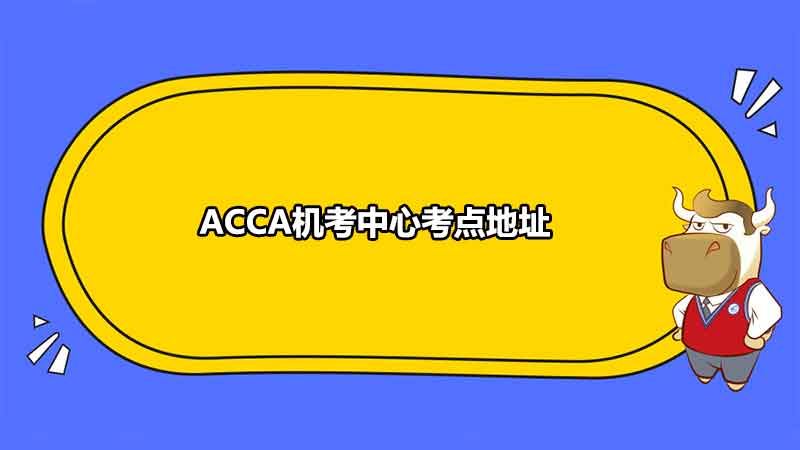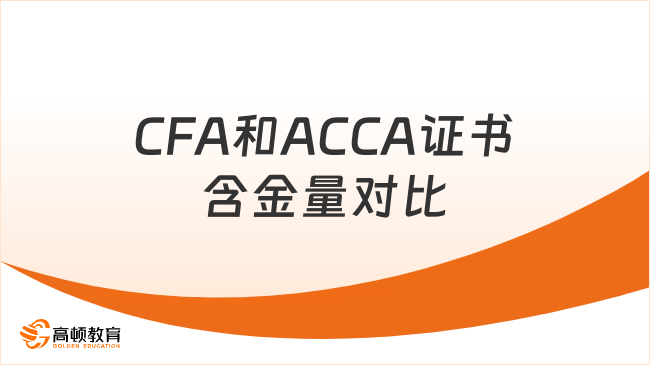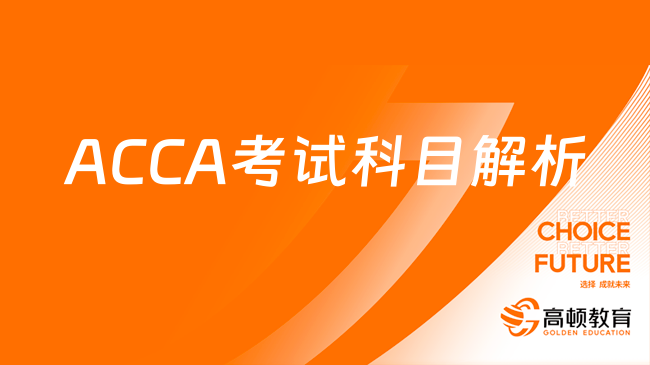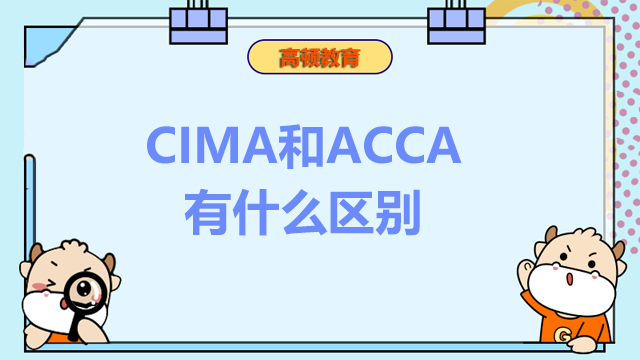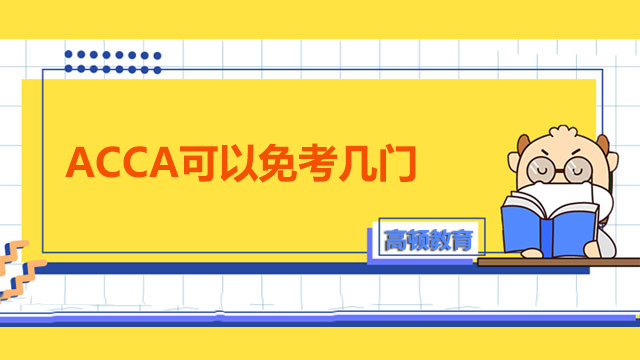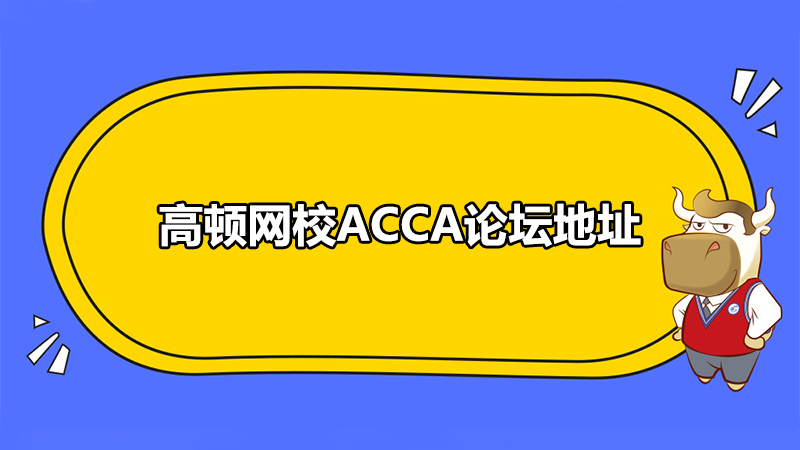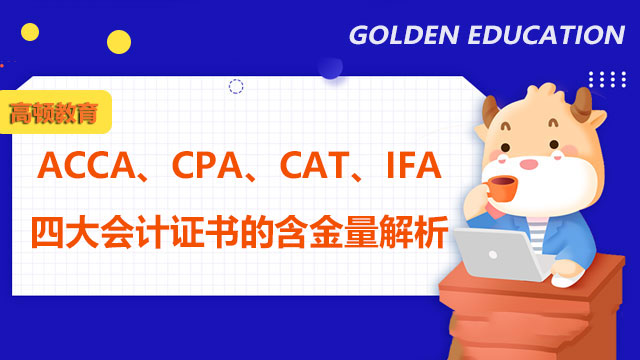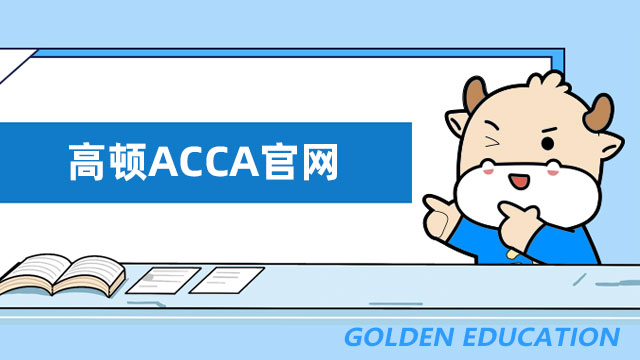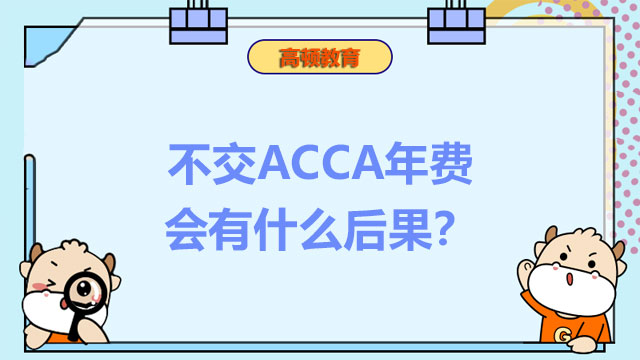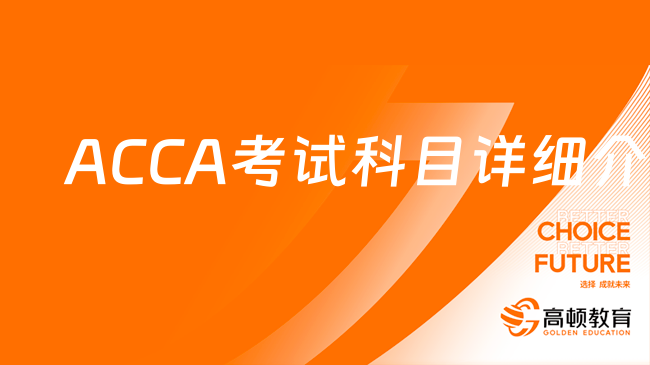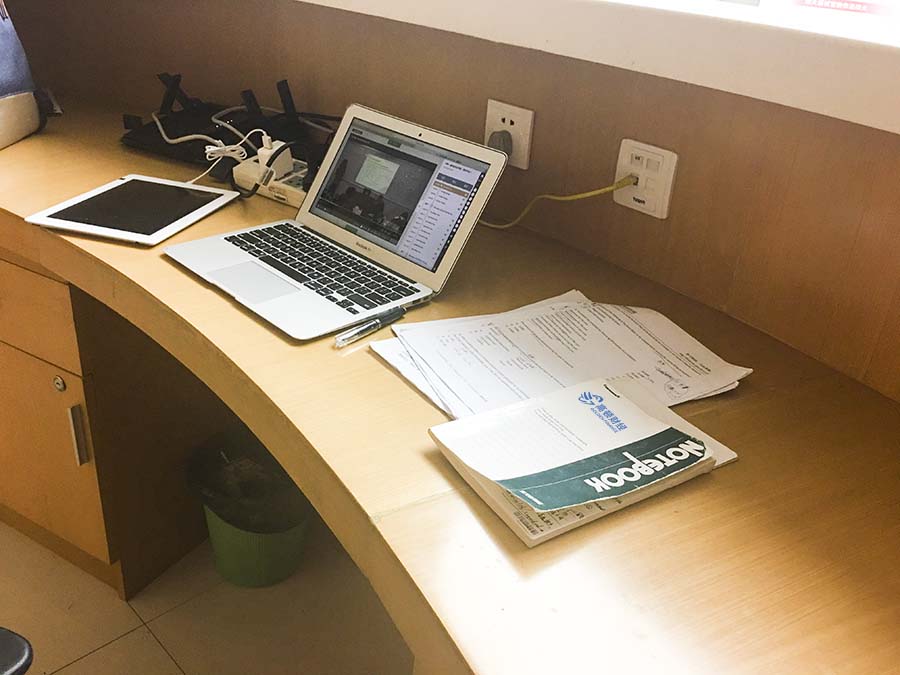ACCA12月考试P2公司报告*7考官总结 revenue
revenue
relevant to acca qualification paper P2
This article looks at the contentious current issue of revenue. This is a key area of development for the International Accounting Standards Board (IASB)and the project appears within the examinable documents of Paper P2,Corporate Reporting.
Revenue development
The concept of revenue and the related IAS (IAS 18)comes to us from a period in financial reporting when the focus was on profit. This performance focus was the cornerstone of financial reporting for roughly 50 years from 1950 to 2000. You probably know this idea as the concept of matching and probably know that for many years it was the key to understanding accounting standards.
Since the IASB took over the development of accounting standards in 2001,its focus has been on assets and liabilities. This change of focus left IAS 18 out of step with the new ideas.
This probably would not have been enough to raise revenue above some of the other problems that are faced by the IASB were it not for one salient factor:the US and its dominance of financial reporting. The US government highlighted the problems with revenue recognition as a stumbling block on the road to convergence with International Financial Reporting Standards (IFRS)。
This article uses the vehicle of a question to illustrate how the subject might be examined. The revenue project is enormously conceptual and even the big brains on the IASB find it a challenge. So all I'll say now is good luck and here is the question.
Illustrative question:Ramification
Ramification is an engineering company. It has two contracts nearing completion at its year end. The company has made certain assumptions related to revenue recognition and wants to know if these would be acceptable under current revenue rules. Further the company is aware of a discussion paper on revenue. The company would like to know what affect the revenue proposals would have upon the revenue of Ramification should the proposals be accepted.
Contract X
This is a restoration project. Ramification has been contracted to restore an old prestigious building in a city centre. The contract provides that $1m will be payable to Ramification in two equal instalments of $500,000 each. The first instalment is payable on completion of work to the foundations,which is considered to be half the work. The final instalment is payable on completion of the work to the visible brickwork,which is considered to be the other half of the work. The first instalment is due one year from the current year end (providing the foundation work is complete)。
The final instalment is due two years from the current year end (provided the brickwork is complete)。
The contract requires that a surveyor verifies the work completed. At the year end,the surveyor has reported that the foundation work is entirely complete and that the brickwork is nearing completion. He has,therefore, reported that the whole contract is approximately 90% complete.
Ramification proposes to base revenue for contract X on the assumption that the contract is a construction contract. So Ramification proposes to recognise revenue using the surveyor's percentage and proposes to ignore the time value of money. The cost of capital is 10%.
Contract Y
This is a small building contract. Ramification built a small hut for housing equipment. Ramification agreed a sale price of $20,000,but also offered a three-month warranty. The building itself is finished,but the warranty is still open. The warranty is an offer to rebuild the hut should anything happen to it within three months from the date of handover. Handover took place two days before the year end and nothing has happened so far. There remains almost three full months before the warranty lapses and nothing is expected to happen.
Previous similar contracts have been sold at $18,000 for the hut and $3,000 for the warranty. Therefore Ramification proposes to recognise $20,000 in revenue and a provision of $3,000 representing the fair value of the obligation.
Required
(a)Discuss the problems with existing revenue recognition rules that have led to the issue of the discussion paper on revenue.
(7 marks)
The concept of revenue and the related IAS (IAS 18)comes to us from a peri od in financial reporting when the focus was on profit.
(b)Discuss the appropriateness of the assumptions utilised by Ramification in contracts X and Y above. Calculate the revenue recognised in the current year based on those assumptions.
(6 marks)
(c)Briefly explain the basis of the proposals put forward by the discussion paper to create a comprehensive standard for revenue recognition.
(8 marks)
(d)Explain how the application of the proposals would affect the revenue recognition of Ramification for contracts X and Y.
(4 marks)
(25 marks)
来源:会计网-acca
Answer commentary
The first thing I would advise you,before we get into the answer proper,is be realistic. In the exam you would have 45 minutes to complete your answer. That includes reading time,momentary panicking time and thinking time. So do not think you are going to be able to deliver the perfect answer that covers all the issues.
It can be daunting to look at past exam answers. The volume and detail included can lead you to think that this is what is expected from you in the exam. This is simply not true. The exam answers are teaching answers. They are idealised answers that are there to instruct. In order to score full marks,you do not need a perfect answer. You simply need a clear concise answer that covers the appropriate number of key points.
Let us move to requirement (a)to further explain what I mean. Clearly,if you had time you could write a book about the problems with existing revenue recognition. Do not try. Just produce at least seven points as quickly as you can that address the principal problems.
Do not be afraid of putting down what you really think. The examiner frequently gives full marks to a narrative answer that is not the same as his own so long as that answer has the appropriate number of ideas clearly expressed.
Next I would like to remind you of the marking guide used extensively throughout Section B. It is one mark for one relevant point well expressed. It is the marking guide that is the driver behind the style of answer that you see below. Each idea is delivered in one or two sentences and capped by one heading. This is of enormous assistance to your marker who can now see instantly each point you are trying to deliver.
My exam answer:
(a)Current revenue recognition IAS18 distinguishes two types of revenue:‘At’ revenue is recognised at the point risks and rewards for transferred(sale of goods) and ‘Over’revenue which is recognised over the period (sale of services).
Intuitive
There is very little else in IAS 18. It is left to the user to interpret the revenue recognition from there. The great strength of IAS 18 is that it is intuitive - but that has now become its weakness.
Distinction
In many sales situations it is obvious whether the revenue should be recognised ‘At’ or ‘Over’. But in other situations one revenue stream could be recognised either‘At’or ‘Over’.
Example:Film making
A good example is film making. This could be interpreted as providing a service over a period or it could be interpreted as delivering intellectual property at a point in time.
Unbundling
Then IAS 18 has the problem of unbundling. Unbundling is the process of splitting a compound revenue stream into its component parts. The IAS requires unbundling but does not say when or how.
Example:Furniture and finance
For example,the bundled sale of furniture with hidden finance must be unbundled but IAS 18 gives no guidance to the retailer.
Other IFRS
Another irritation in existing revenue guidance is that it is mostly in IAS 18 but there are other IFRS that give(sometime contradictory) guidance:
Industry IFRS
Construction Construction Contracts (IAS 11)
Leasing Leasing (IAS 17)
Insurance Insurance Contracts (IFRS 4)
US
The IASB may have made do with existing IFRS guidance on revenue had the US not made improved revenue recognition a condition of convergence.
(b)Introduction
As explained in part (a)above,existing revenue reporting is intuitive;it is interpretive. The result is that when revenue becomes more complex,as it does in these two examples,there are various ways of recognising the revenue. So I cannot say that the revenue recognition suggested is right or wrong. I can only comment on its reasonableness.
Assumption (1) (X) 90%
Restoration is not construction but it is very similar so I think using construction contract accounting and therefore 90% is reasonable.
Assumption (2) (X) Time value
Construction contract accounting does ignore the time value of money so this assumption also seems reasonable.
Revenue (X)
So based on the above assumptions the revenue would be:
Revenue = ($1m) 90% = $900k
Assumption (1) (Y) Hut
Ramification has assumed that the sales proceeds relate exclusively to the hut. Personally,I do not see the contract this way but the assumption is acceptable. In fact,this is the existing culture for the recognition of a sale with a warranty.
Assumption (2) (Y) Provision
Ramification also assumes that the warranty gives rise to an obligation and not revenue. I suppose this is acceptable.
Revenue (Y)
The assumptions result in the following in the current financial statement:
Sales = $20k
Provision = $3k
(c) Comprehensive
The first proposal is that new revenue rules should be comprehensive and,therefore,all industries would be using the same one rule.
Framework
More importantly the proposal is to create revenue guidance based on the framework and the key elements of assets/liabilities.
As explained in part (a),existing revenue reporting is intuitive;it is interpretive. The result is that when revenue becomes more complex,as it does in these two examples,there are vari ous ways of recognising the revenue. 来源:会计网-acca
Asset/liability
To paraphrase the framework 'An asset/liability is a present right/obligation to a future economic inflow outflow'.
Change
The IASB are proposing a change from performance reporting to positional reporting.
Contract
The proposal proposes that at the point of contract signature the supplier has an interlocked asset and liability. The asset is the right to the cash from the customer and the liability is the obligation to perform.
Performance obligation
Once the supplier has fulfilled the performance obligation,the interlocked liability is removed and the remaining asset is revealed and recognised.
Revenue
At this point the revenue is recognised almost as an afterthought. Notice that the proposal focuses on the asset and liability first. Then once the asset is revealed the revenue is recognised.
Discounting
Because the asset is a right to a cash flow and timing makes a difference to value,the IASB are proposing discounting.
Unbundling
Because a bundled transaction has two performance obligations,unbundling becomes compulsory. So the one sale of two things must be split into two (see Part (d)proposed (Y) revenue below).
(d) Proposed (X) Revenue explanation
In order to assess the performance of performance obligations,Ramification would refer to the contract and the survey. Ramification would see that the foundations are complete and the brickwork is not. So an asset of $500k in year one would be recognised.
in part (c),Once the supplier has fulfilled the performance obligation,the interlocked liability is removed and the remaining asset is revealed and recognised.
Proposed (X) Revenue
The result would be the following revenue:
Asset (revenue) = $500k/1.1 = $455k
Proposed (Y)Revenue explanation Under the proposal this second contract must be unbundled;that is broke down into its two parts,hut revenue and warranty revenue. This would be done using the hut and warranty separate sales figures.
Proposed (Y) Revenue
This is as follows:
Asset (Revenue) = $20,000 (18/18+3) = $17,143
Conclusion
The above covers the highly conceptual revenue development project and also gives you an example of how to answer the current issues question.
【整理版】ACCA各科目历年真题
真题高频考点,刷题全靠这份资料
acca全科学习思维导图
梳理核心考点,一图看懂全部章节
2023年acca考纲解析
覆盖科目重难点,备考按照计划走
- acca考试怎么搭配科目?
-
建议优先选择相关联的科目进行搭配报考,这样可以提高备考效率,减轻备考压力,1、F1-F4:为随时机考科目,难度较低,这里可以自行随意选择考试顺序。2、F5-F9:如果你的工作的和财务会计或者审计有关、或者你比较擅长财务和审计的话,推荐先考F7和F8。你可以选择一起考ACCA考试科目F7和F8或者先考F7(8)再考F8(7),这就要取决你一次想考几门。3、P阶段:选修科目中,建议企业首选AFM!第二部分科目进行选择,如果AA和SBR掌握学生更好,可以通过选择AAA,如果SBL掌握的好,可以自己选择APM。
- acca一共几门几年考完?
-
acca一共有15门考试科目,其中有必修科目和选修科目,考生需要考完13门科目才能拿下证书。
- acca一年考几次?
-
acca一年有4次考试,分别是3月、6月、9月和12月,分季机考科目是采取的这类四个考季的模式,而随时机考则是没有这方面的时间规定限制,可以随报随考。
- acca的含金量如何?
-
ACCA证书的含金量是比较高的,从就业、能力提升、全球认可等角度来说,都是比较有优势的证书,其含金量主要表现在以下几个方面:1、国际化,认可度高;2、岗位多,就业前景好;3、缺口大,人才激励。
-
ACCA机考中心考点地址 2023-10-30
-
CFA和ACCA证书含金量对比 2023-09-16
-
今年最透彻的ACCA考试科目解析 2023-09-16
-
CIMA和ACCA有什么区别?两者选哪个好? 2023-09-05
-
ACCA可以免考几门? 2023-09-01
-
ACCA报考条件!大学生能报考ACCA吗?在职人士也能报考ACCA吗? 2023-08-29
-
高顿网校ACCA论坛地址 2023-07-25
-
ACCA报名详细指南:点击了解ACCA考试的费用和流程! 2023-06-16
-
上海对外经贸大学会计专业如何?有没有ACCA免考? 2023-06-13
-
山东财经大学会计专业好不好?能考ACCA吗? 2023-06-13
-
宁波诺丁汉大学会计专业真实评价,有没有ACCA课程? 2023-06-13
-
安徽财经大学会计专业值得报吗?有ACCA方向班吗? 2023-06-13
-
2023年acca注册需要哪些材料?点击查看全套材料清单! 2023-05-11
-
2023年ACCA报考指南详细篇,从流程到费用全解! 2023-05-11
-
ACCA、CPA、CAT、IFA四大会计证书的含金量解析 2023-05-09
-
ACCA、CPA、CAT、IFA四大会计证书的含金量解析 2023-05-09
-
acca报名条件是什么?看看你符不符合要求! 2023-04-27
-
高顿ACCA官网 2023-03-31
-
不交ACCA年费会有什么后果? 2023-03-29
-
acca官网怎么找历年真题?详细步骤一览! 2023-03-10
-
长沙理工大学acca怎么样?好就业吗? 2023-02-23
-
acca考试考点2023年在哪些地方?报考前必看! 2023-02-23
-
CPA考试平均备考时间4年以上,然鹅ACCA却只用... 2023-01-04
-
2023年ACCA考试报名条件 2022-12-19
-
ACCA考试科目详细介绍 2022-12-19
-
acca考试介绍,报考2023年考试必看! 2022-12-06
-
英国国际注册会计师简介,附新手报考指南! 2022-11-23
-
ACCA官网登陆 2022-11-15
-
国际注册会计师acca证书详解,一文给你介绍清楚! 2022-11-11
-
12月ACCA考试报名入口及流程,速看! 2022-11-01
 更多服务
更多服务






